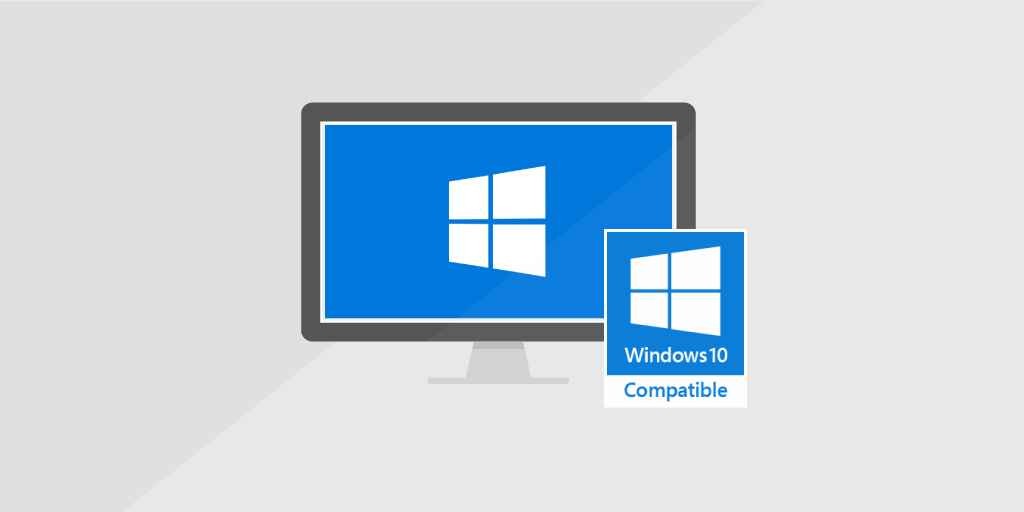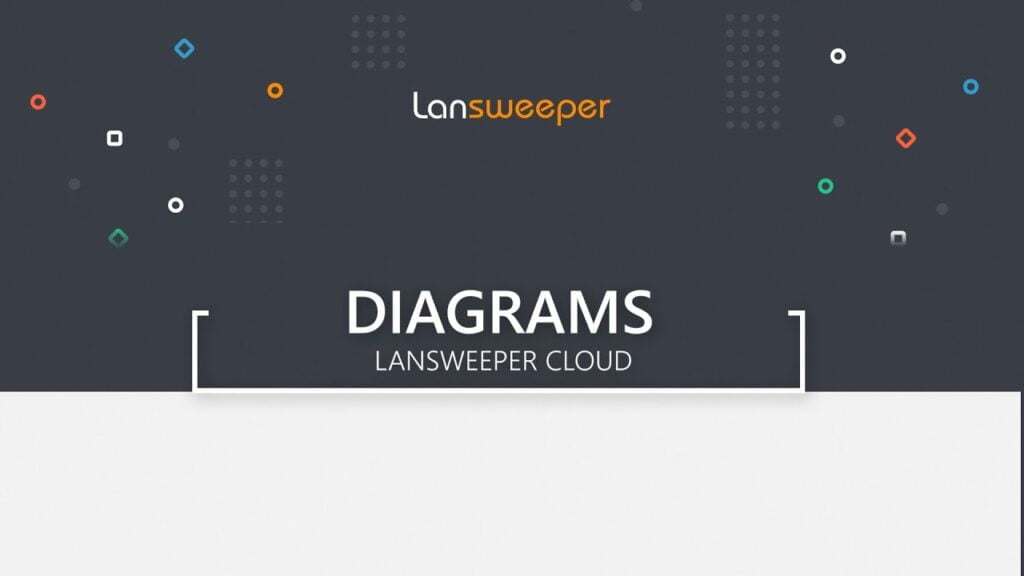
Are You Prepared for Windows 7 EOL?
Are you still running Windows 7? It’s is due to reach End Of Life (EOL) on 14 January 2020, but a large number of the world’s computers, most in corporate environments, are still running the nine-year-old system. It’s time to upgrade to Windows 10. Run our Windows 7 EOL check.
Windows 10 adoption is one of Microsoft’s top priorities, and there is no space as critical to the company as the enterprise desktop. Enterprise systems have a number of requirements that go far beyond those of the home PC user. Security is critical, as is management and compatibility.
It’s important to do a Windows 7 EOL check, that’s why we’ve previously created a report which provides an overview of all workstations and if they are closing on EOL. Our latest custom report shows whether a workstation meets the Windows 10 minimum system requirements. Are the computers in your network equipped with the right hardware?
Windows 10 Minimum Hardware Requirements
Here is a list of the minimum system requirements your computer will need to run Windows 10:
- Processor: 1GHz or faster processor or SoC
- RAM: 1GB for 32-bit or 2GB for 64-bit
- Hard Disk Space: 16 GB for 32-bit or 20GB for 64-bit OS
Aside from the minimum hardware requirements, Microsoft also lists some feature-specific requirements for Windows 10.
Run A Hardware Check on all Windows PCs
To get a definitive answer if the computers in your network can handle Windows 10, you need to run our custom Windows 10 readiness report. The report checks the hardware requirements and if an in-place upgrade is possible or not. It performs a check for the “Windows 7 Service Pack 1” Operating System and for Windows 8.1. Are you ready for Windows 10?

If you haven’t already, download a free trial of Lansweeper to run the Windows 10 readiness report. Make sure to subscribe via the form below if you want to receive the latest custom network reports for free.
Get Your Hands on the Latest Network Reports for Free
"*" señala los campos obligatorios